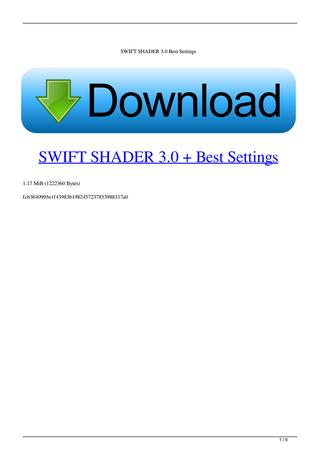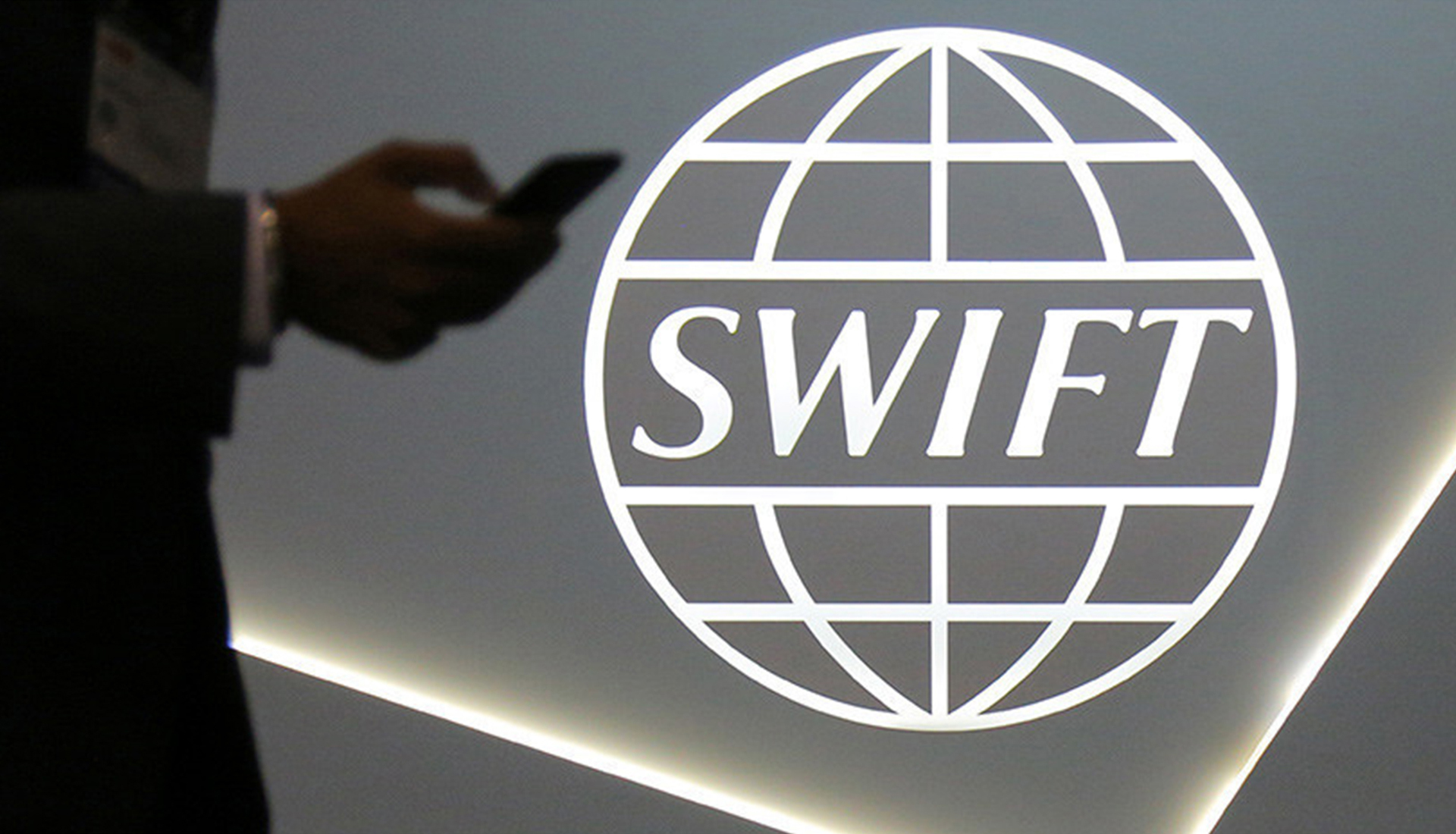

- Swift shader 3 remove watermark full#
- Swift shader 3 remove watermark code#
- Swift shader 3 remove watermark series#
- Swift shader 3 remove watermark mac#
Swift shader 3 remove watermark code#
BasicOperation provides much of the internal code required for taking in an image frame from one or more inputs, rendering a rectangular image (quad) from those inputs using a specified shader program, and providing that image to all of its targets. Many common filters and other image processing operations can be described as subclasses of the BasicOperation class. Any type can comply to these, but typically classes are used. These are the ImageSource, ImageConsumer, and ImageProcessingOperation protocols, respectively.
Swift shader 3 remove watermark series#
The framework uses a series of protocols to define types that can output images to be processed, take in an image for processing, or do both. Writing a custom image processing operation Filtering and re-encoding a movieįunctionality not completed. Processing a still imageįunctionality not completed. Capturing an image from videoįunctionality not completed. Capturing and filtering a still photoįunctionality not completed. The -> operator chains an image source to an image consumer, and many of these can be chained in the same line. startCapture() initiates the camera capture process. The above instantiates a 640x480 camera instance, creates a saturation filter, and directs camera frames to be processed through the saturation filter on their way to the screen. Where renderView is an instance of RenderView that you've placed somewhere in your view hierarchy.

vga640x480)įatalError( "Could not initialize rendering pipeline: \( error ) ") In any of your Swift files that reference GPUImage classes, simply addĬamera = try Camera( sessionPreset. That last step will make sure the framework is deployed in your application bundle. Add a new Copy Files build phase, set its destination to Frameworks, and add the upper amework (for iOS) or lower amework (for Mac) to that. Add it to the Link Binary With Libraries phase.
Swift shader 3 remove watermark mac#
To add the GPUImage framework to your Mac or iOS application, either drag the GPUImage.xcodeproj project into your application's project or add it via File | Add Files To.Īfter that, go to your project's Build Phases and add GPUImage_iOS or GPUImage_macOS as a Target Dependency. Using GPUImage in a Mac or iOS application The processing operations use Metal vertex and fragment shaders to perform their image manipulations on the GPU.Įxamples for usage of the framework in common applications are shown below. This is an object-oriented framework, with classes that encapsulate inputs, processing operations, and outputs. Arbitrarily complex processing operations can be built from a combination of a series of smaller operations. Cameras, movies, still images, and raw data can be inputs into this pipeline. The framework relies on the concept of a processing pipeline, where image sources are targeted at image consumers, and so on down the line until images are output to the screen, to image files, to raw data, or to recorded movies.

Swift shader 3 remove watermark full#
LicenseīSD-style, with the full license available with the framework in License.txt. Once this task has been completed we will be happy to take community contributions. We are actively working to port all of the functionality between this version of GPUImage adn previous versions. A few low-level interfaces, such as those around texture input and output, will necessarily be Metal- or OpenGL-specific, but everything else is designed to be compatible between the two.Īs of this point, we are not approving enhancement requests from outside contributors. Swapping between Metal and OpenGL versions of the framework should be as simple as changing which framework your application is linked against.

The API is a clone of that used in GPUImage 2, and is intended to be a drop-in replacement for that version of the framework. Largely driven by Apple's deprecation of OpenGL (ES) on their platforms in favor of Metal, it will allow for exploring performance optimizations over OpenGL and a tighter integration with Metal-based frameworks and operations. This version of the framework replaces OpenGL (ES) with Metal. Previous iterations of this framework wrapped OpenGL (ES), hiding much of the boilerplate code required to render images on the GPU using custom vertex and fragment shaders. The objective of the framework is to make it as easy as possible to set up and perform realtime video processing or machine vision against image or video sources. The original GPUImage framework was written in Objective-C and targeted Mac and iOS, the second iteration rewritten in Swift using OpenGL to target Mac, iOS, and Linux, and now this third generation is redesigned to use Metal in place of OpenGL. GPUImage 3 is the third generation of the GPUImage framework, an open source project for performing GPU-accelerated image and video processing on Mac and iOS.


 0 kommentar(er)
0 kommentar(er)
